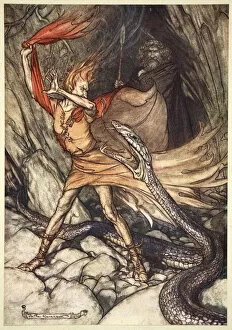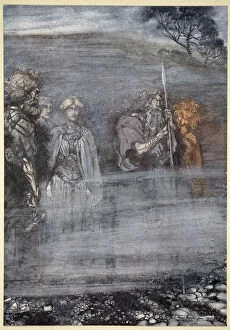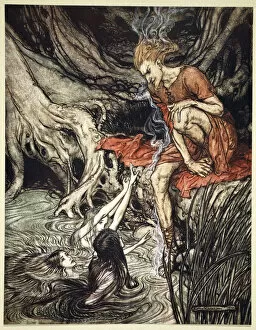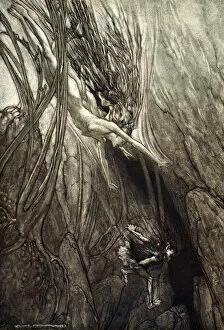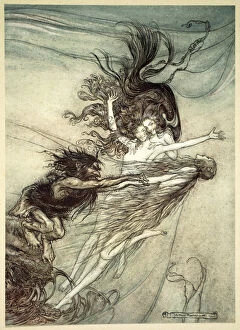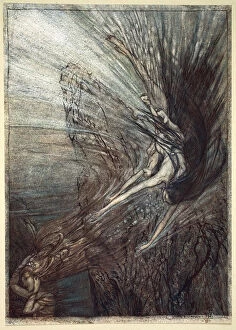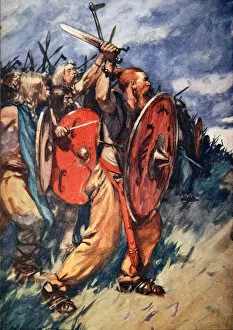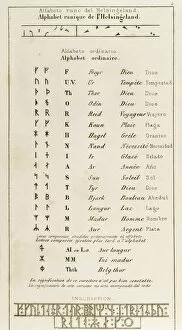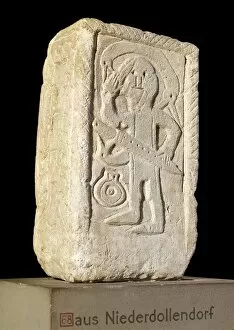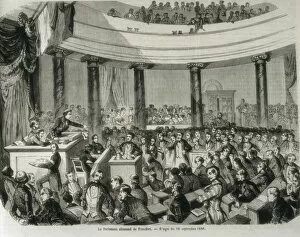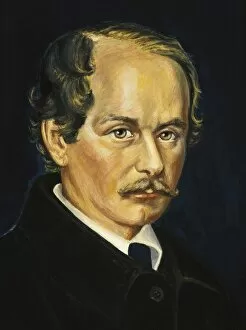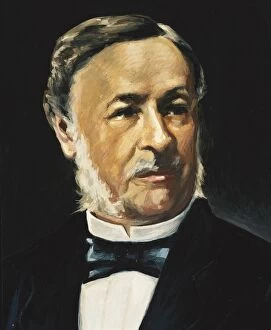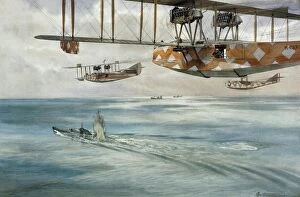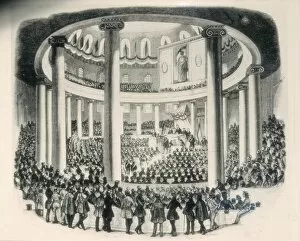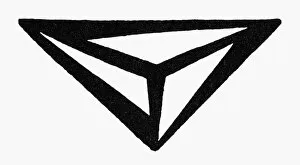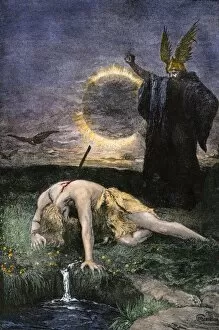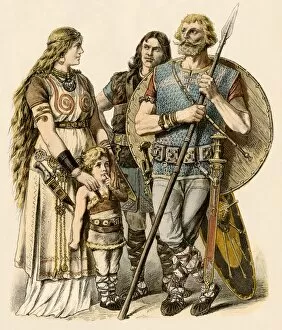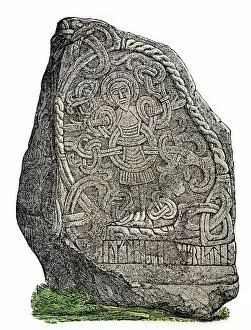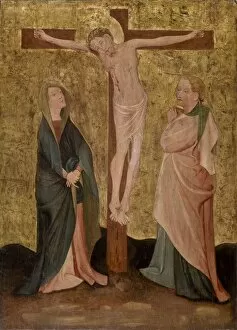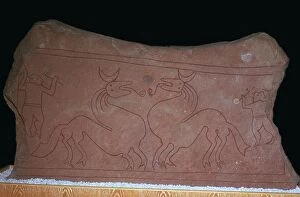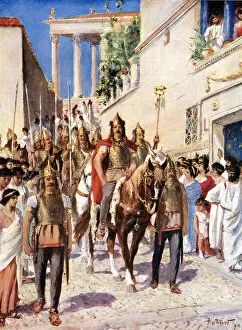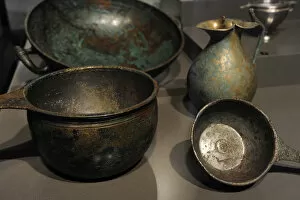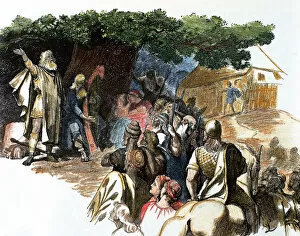Germanic Collection (#5)
"Exploring the Rich Tapestry of Germanic Culture and Mythology" Immerse yourself in the captivating world heritage
For sale as Licensed Images
Choose your image, Select your licence and Download the media
"Exploring the Rich Tapestry of Germanic Culture and Mythology" Immerse yourself in the captivating world heritage, where ancient legends and mythical beings come to life. From Odin's majestic presence on his throne to the intricate illustrations found within the Beowulf manuscript page, every detail unveils a story waiting to be discovered. Feel the enchanting melodies resonate through time as you witness the mesmerizing Concert of Collegium Musicum of Jena, transporting you back to an era filled with musical prowess and artistic brilliance. Marvel at YGGDRASILL, the awe-inspiring evergreen ash tree that looms over Nordic-Germanic mythology like a guardian of cosmic proportions. Delve into Finn Magnusens Eddalaeren's line engravings from Copenhagen in 1824, capturing its grandeur for eternity. Uncover sentiments from a bygone era with a sentimental German wartime postcard, evoking emotions and memories that transcend time itself. Picture Viking ships sailing under King Olaf I's command during Norway's golden age (995-1000), symbolizing strength and exploration. Reflect upon history as you learn about Fiesole's pivotal role in halting the Germanic invasion in 406 AD. Witness Tyr wielding his sword amidst Norse mythological tales, embodying courage and justice against all odds. Experience James Doyle Penrose's vivid portrayal of Loke facing retribution for his misdeeds—a reminder that actions have consequences even among gods. Traverse Hann. Munden Parsonage in Germany, immersing yourself in its architectural beauty while contemplating centuries-old stories whispered within its walls. Embrace FREYR—the Nordic-Germanic goddess who embodies fertility, sunlight, and nourishing rain—through exquisite line engravings from Denmark in the 19th century. Let her essence inspire growth and abundance within your own journey.

